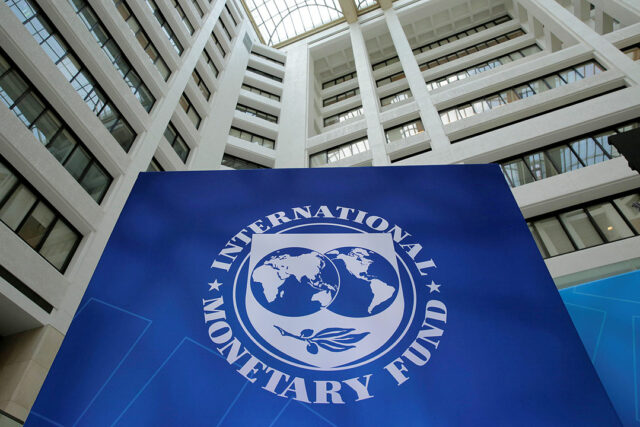Hugh Grant settles privacy lawsuit against publisher of The Sun, Prince Harry may have to follow suit
LONDON — British actor Hugh Grant has settled a lawsuit against the publisher of Rupert Murdoch’s tabloid newspaper, The Sun, he said on Wednesday, while the lawyer for Prince Harry said the royal could also be “forced” to agree a deal.
Mr. Grant, alongside King Charles’ son and others, was suing News Group Newspapers (NGN) for alleged widespread unlawful information gathering, including landline tapping, burglary and “blagging” confidential information about him.
His case was one of several which were eligible to go to trial at London’s High Court in January, but the actor said he had reluctantly settled with NGN because he could be left with a multi-million pound legal bill if he rejected their offer now, even if he later won the lawsuit.
“News Group are claiming they are entirely innocent of the things I had accused The Sun of doing,” Mr. Grant posted on X. “As is common with entirely innocent people, they are offering me an enormous sum of money to keep this matter out of court.”
Mr. Grant, famous for films such as Love Actually, Four Weddings and a Funeral, Paddington 2, and Notting Hill, said if he was awarded less in damages after a trial than NGN had offered him now, he would be liable to pay the fees of both sides’ lawyers.
“Rupert Murdoch’s lawyers are very expensive,” Mr. Grant said. “So even if every allegation is proven in court, I would still be liable for something approaching 10 million pounds in costs. I’m afraid I am shying at that fence.”
David Sherborne, the lawyer for both Mr. Grant and Harry, told a hearing at the High Court in London on Wednesday that the prince and other claimants also face a similar predicament and have settlements “forced” upon them.
“The Duke of Sussex is subject to the same issues that (actress) Sienna Miller and Hugh Grant have been subject to, which is that offers are made (which) make it impossible for them to go ahead,” Mr. Sherborne said.
NGN said the settlement with Mr. Grant was “in both parties’ financial interests not to progress to a costly trial.”
Ms. Miller settled a lawsuit against NGN in 2021, which her lawyers said at the time was because of the risk of having to pay millions of pounds in legal fees even if she won.
Mr. Grant has become a prominent campaigner on press reform since the phone-hacking scandal emerged more than a decade ago, and had joined forces with Prince Harry in recent years. He had accused Sun journalists of using private investigators to tap his phone and burgle his house.
Mr. Grant had previously brought a lawsuit against NGN in relation to the now-defunct News of the World tabloid which was settled in 2012, a year after NGN issued an apology to victims and media magnate Mr. Murdoch shut the newspaper down following a public backlash over hacking.
NGN has always rejected allegations of any wrongdoing by staff at The Sun, having settled more than 1,300 cases — plus another 300 or so through its own compensation scheme.
However, the settlement of Mr. Grant’s lawsuit, which focused exclusively on alleged wrongdoing at The Sun, raises questions about the sustainability of that long-held position.
“The Sun does not accept liability or make any admissions to the allegations,” an NGN spokesperson said.
The settlement does reduce the chances of NGN facing a trial at all over claims of unlawful information-gathering, although, as Mr. Sherborne said, Harry’s lawsuit continues. The prince has spoken repeatedly of his “mission” to purge the British press.
He and other claimants last month sought to drag Mr. Murdoch into the case, alleging he was personally involved in a cover-up of wrongdoing, with a ruling on their application still pending.
NGN says the claimants are using the lawsuits as a means to attack the tabloid press and that allegations against current and former staff are “a scurrilous and cynical attack on their integrity.”
On Wednesday, NGN’s lawyer Anthony Hudson asked the court to direct that the full trial currently listed to begin in January should instead be held to decide whether the claimants should have brought their lawsuits against the publisher earlier. — Reuters

















